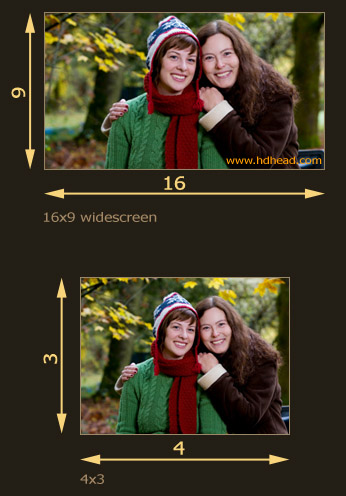So many standards confusing you? There are only three in use in the U.S. that you need to know.
For each standard you always wanted to ask about there are probably three others you have never heard of.
HDTVis not entirely new. There was a working system in Japan back in the late seventies. The analog standard was prohibitively expensive to consumers and it did not catch on in spite of outstanding image quality.
In 1996 President Clinton signed the Telecommunications Act of 1996 into law. This law created room for Advanced Television Standards Committee (ATSC) to create a new digital standard governing TV broadcasting in the U.S.
ATSC proposed a myriad of standards. There are only three HD standards that are worth considering at this time:
standard pixel dimensions frames-per-second
1080 23.98p 1920×1080 23.98
1080 59.94i 1920×1080 29.97
720 59.94p 1280×720 59.94
These three standards have been currently accepted by major equipment manufacturers. There is a fourth format rapidly gaining inroads in video cameras but at the moment no VTR supports 720 23.98p recording.
U.S. broadcasters have adopted only 1080 59.94i and 720 59.94p. This means that whatever you shoot will be broadcast in one of these formats. 1080 23.98p is solely an acquisition and post production mastering format at this time. The benefits of 1080 23.98p are discussed in more detail here.
There are also standards proposed by European Broadcasting Union (EBU) such as 1080 25p.
Which standard to choose for your production? Find out here.


